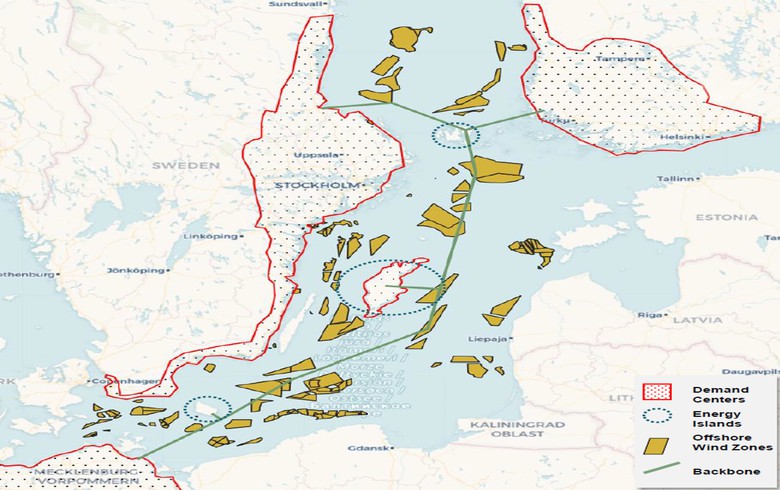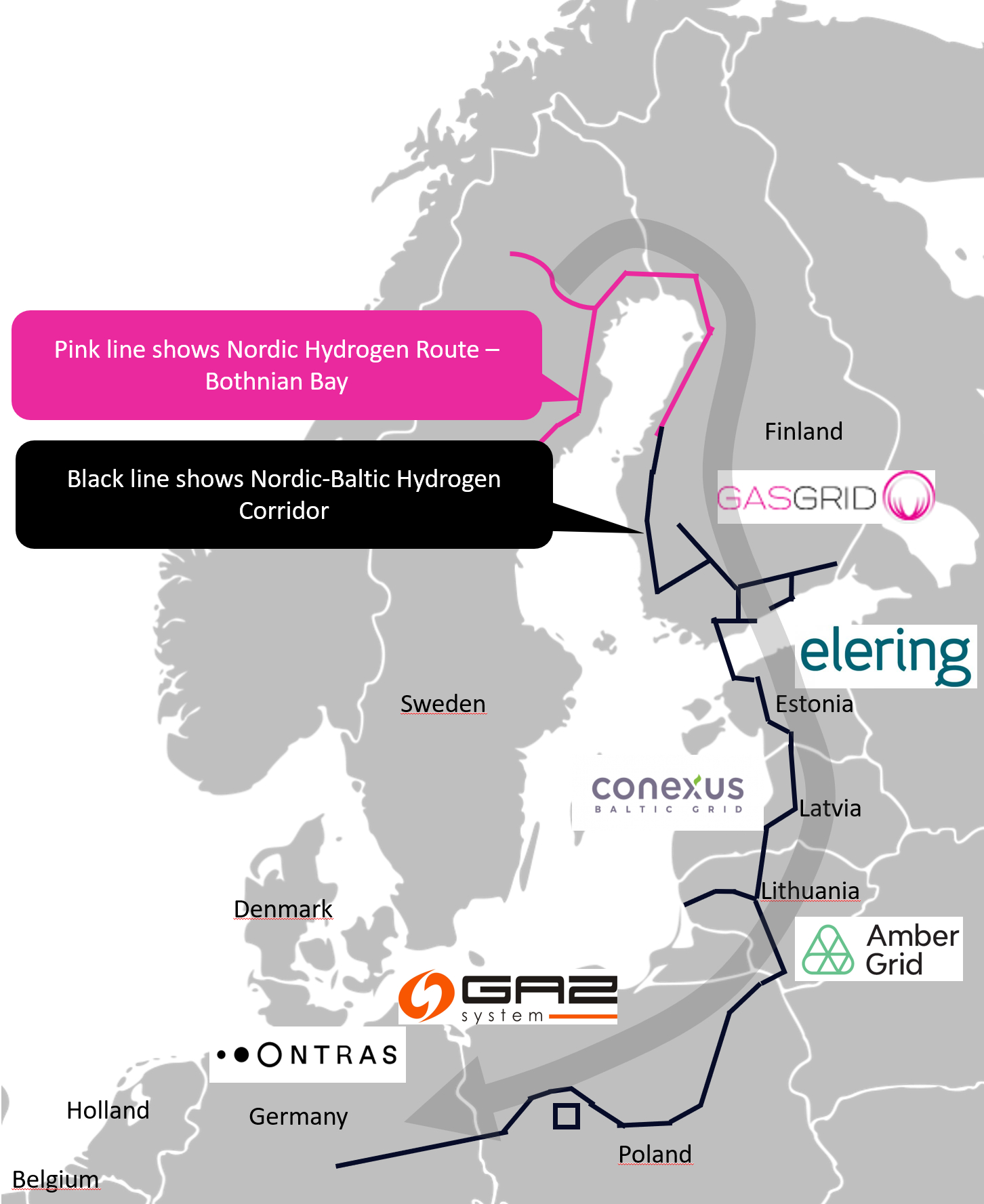Audrey Zibelman, the chief executive of the Australian Energy Market Operator (AEMO), said so-called smart inverters would be crucial to ensuring the rise of rooftop solar did not overwhelm the stability of the power network.
The call has been backed by the WA Government and Energy Minister Bill Johnston said having a better insight into and control over the output from rooftop solar was vital.
It comes following warnings from AEMO that WA's biggest power system — the wholesale electricity market — risked becoming unstable within a few years because of the runaway take-up of solar panels.
Ms Zibelman said the switch to renewable energy by growing numbers of households and businesses was unlikely to stop and it was incumbent on authorities to ensure the transition was managed carefully.
A key part of this process was smart inverters, which would enable AEMO to "spill" excess power generated from rooftop solar panels at times when the network was coming under stress.
It is understood the devices have been progressively rolled out thanks to an industry agreement in 2017, but Ms Zibelman said their integration should be fast-tracked.
At the moment, households can freely export any surplus power produced from their solar panels into the grid, with state-owned power provider Synergy paying a minimum subsidy of 7.1 cents per unit.
But AEMO has warned such uncontrolled input of solar power placed great stress on the coal- and gas-fired power stations responsible for keeping the grid stable.
Problem arises from solar's success
Ms Zibelman said the arrangement was not a problem back when there were relatively small numbers of solar panels on the system.
But she said it had become a significant liability for the security of the electricity system now that almost one in three homes on WA's south-west grid had solar panels.
There are almost 300,000 households in the network with photovoltaic (PV) cells, which have a combined capacity of more than 1,000 megawatts.
By comparison, the biggest generator on the system is the 854MW Muja coal-fired power station at Collie in the state's South West.
"When you had maybe 1 or 2 per cent of the population putting on rooftop solar, we don't really worry if there are solar units there or not," Ms Zibelman said.
"But when you have as many as we have, we need to be able to see it.
"We need to be able to anticipate how that solar is going to respond, and where it's going to respond, so we can be ready as a real-time system."
When high solar output meets low demand
Central to the technical challenge posed by solar is its effect on demand from the grid during the middle of the day.
These challenges tended to be most acute when high levels of solar output coincided with low levels of demand — typically on mild, sunny days in spring or autumn when people were not using their air conditioners.
In such circumstances, AEMO has warned solar was hollowing out demand from the grid to such an extent that base-load generators such as coal-fired plants were struggling to operate safely.




